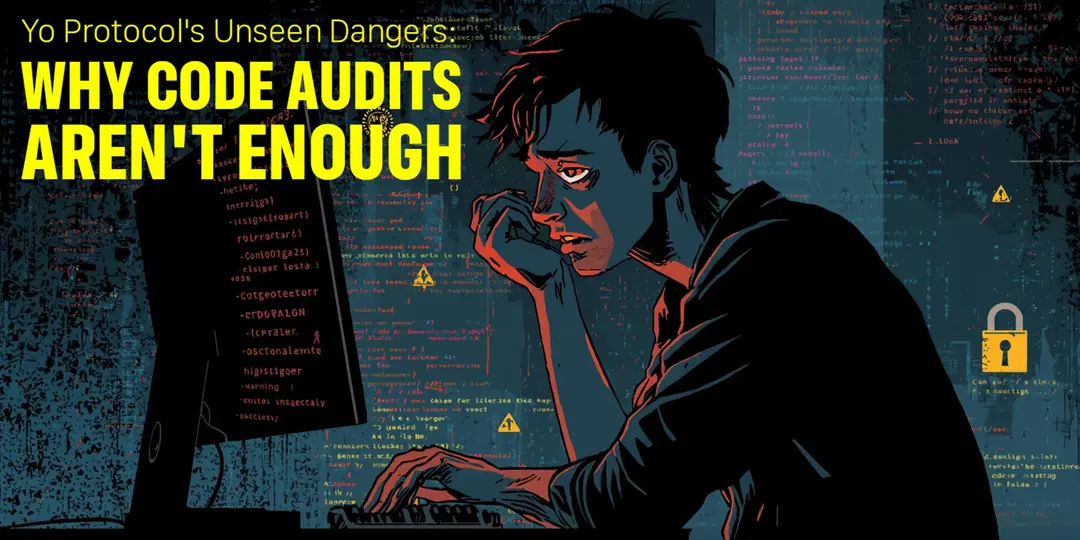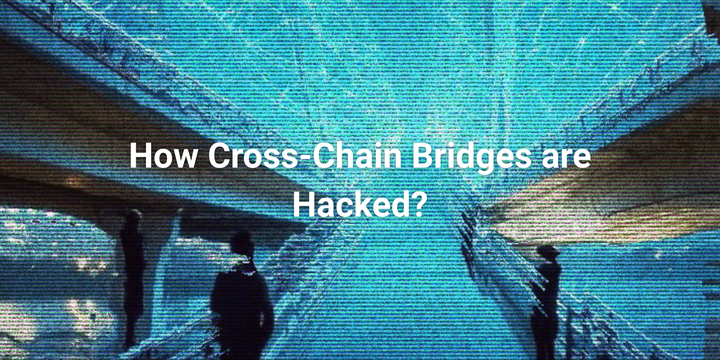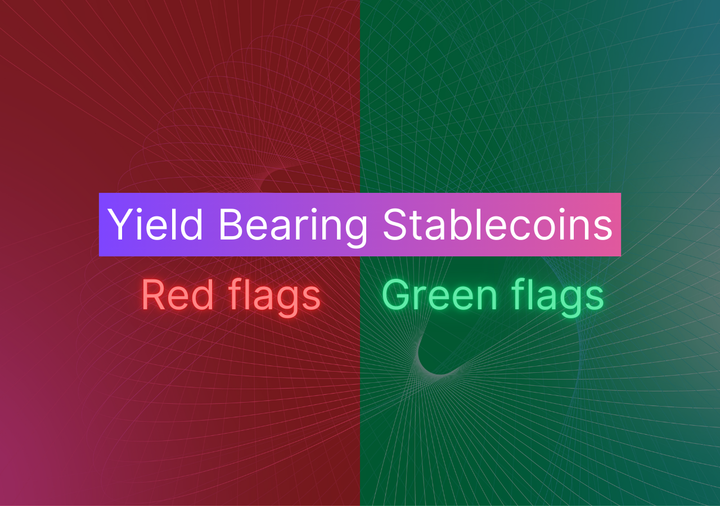Yo Protocol's Hidden Risks: Why Audits Alone Won't Protect Your Funds

Source: Yo Protocol’s unseen dangers-Why code audits aren’t enough
Yo Protocol, a multi-chain yield optimizer deeply woven into the DeFi ecosystem, recently passed audits by well-known firms – reportedly free of critical vulnerabilities. Yet, a thorough review of its architectural design and documentation reveals significant risks beyond the initial audit findings, raising red flags for developers, founders, and security researchers alike.
Yo Protocol’s Pivotal Role in DeFi
Serving as a multi-chain yield router, Yo Protocol interacts with over 55 yield sources across 18+ DeFi protocols, including lending, rebalancing, looping, and liquidity provision. This broad integration enhances user yield optimization but magnifies systemic risk – any flaw could cascade across many platforms, causing substantial financial damage.
1. Centralized Operator Risks and Admin Key Vulnerabilities
- The vault operator wields extensive control via an authorization system (
AuthUpgradeable) that doesn’t prevent privileged functions from sending ETH unchecked. - If any authorized key is compromised, attackers could drain the vault’s entire ETH balance.
- Operators can manipulate share-to-asset exchange rates arbitrarily during redemptions.
- Inflation attacks, though dismissed as edge cases, highlight design fragilities in token precision.
- Despite claims of decentralization in user custody, core governance remains centralized, making operator key security absolutely critical.
Lesson: Past incidents in DeFi show operator key compromises lead to massive losses. Mitigations should include multi-signature controls, time-locks, and stricter authorization policies.
2. MEV and Sandwich Attack Vulnerabilities
- Yo updates underlying asset balances approximately once daily via
onUnderlyingBalanceUpdate(). - This causes discrete price jumps that can be exploited by MEV bots.
- Attackers can front-run deposits before balance updates and back-run redemptions, capturing unintended yield gains.
- While Yo uses private RPC nodes to reduce exposure, the fundamental vulnerability remains.
Recommendation: Update balances atomically within transactions, introduce cooldown periods, and refine asset-share ratio calculations for accurate pricing and protection.
3. Accounting Precision & Balance Tracking Issues
- Redemption requests incorrectly update
totalPendingAssetsusing post-fee amounts, inflating available balances. - Fees are calculated twice, causing tiny “dust” amounts that can accumulate and potentially cause liquidity or fairness issues.
- Some functions may revert unexpectedly when supply is zero, impacting robustness.
Best Practices: Store asset amounts consistently including fees, centralize fee calculations, and add thorough input validation to prevent rounding bugs.
4. EIP-4626 Compliance and User Experience Gaps
- Redemption requests lack full compliance with ERC-4626, e.g., not supporting approvals or withdrawal fees correctly.
- Users cannot cancel pending redemption requests, exposing them to market risk.
- Shares from canceled redemptions return to receivers, not necessarily owners, raising risks of lost tokens.
- Miscellaneous code quality issues, inconsistent patterns, and improper address handling were noted.
Improvements Needed: Implement full EIP-4626 compliance, allow cancellation or deadlines for redemption, and fix protocol edge cases to enhance UX and interoperability.
The Bug Bounty Disconnect: Why $10K Limits Threaten Security
Yo Protocol’s bug bounty caps critical vulnerability rewards at $10,000 – a figure out of sync with the potential multi-million dollar losses at stake. Experts argue this fails to incentivize rigorous security research, encouraging exploitation instead of disclosure.
- Rekt News stresses bounties should represent a meaningful percentage (e.g., 10%) of assets at risk to promote ethical reporting.
- With vaults holding millions, the current cap disincentivizes top-tier researchers.
- Industry leaders like GMX and others offer significantly higher payouts, reflecting best practices.
Call to Action: Yo Protocol should align bounty rewards with real risk exposure to foster proactive vulnerability discovery and protection.
Conclusion: Security Beyond Code Audits
While initial audits cleared Yo Protocol of critical bugs, the true security landscape extends far beyond code correctness. Centralized operational controls, economic attack vectors like MEV, protocol design nuances, and incentive misalignments pose substantial dangers.
For Yo Protocol – and similar deeply integrated DeFi platforms – a holistic security approach is essential. This includes:
- Stronger governance controls
- Continuous and dynamic risk assessments
- Enhanced bug bounties aligned with risk magnitude
- Transparent, ongoing communication with the user community
Adopting such strategies will safeguard not just Yo Protocol’s users, but a large portion of the interconnected DeFi ecosystem.


